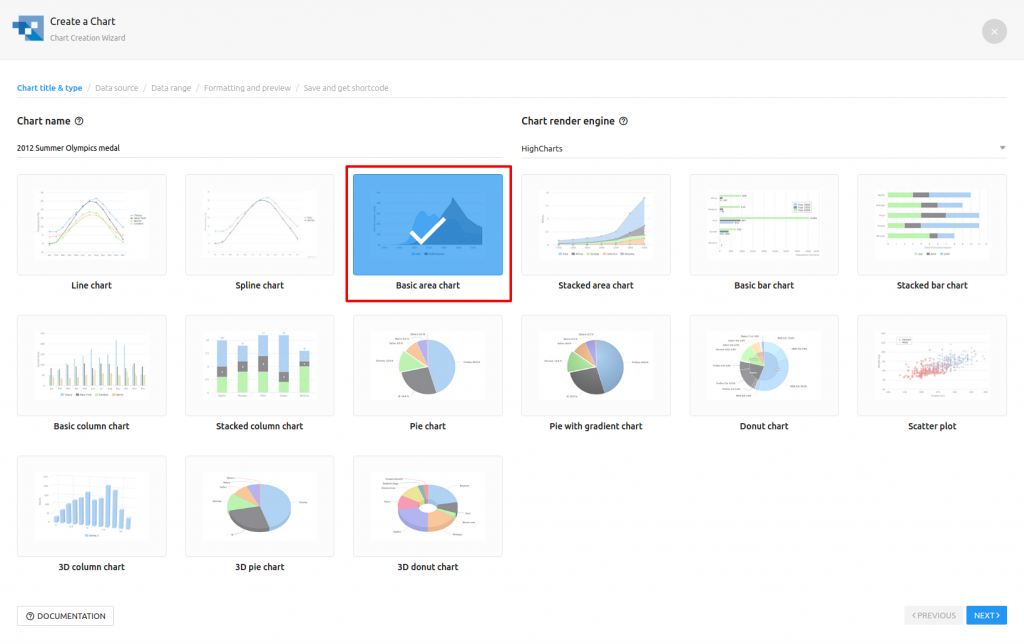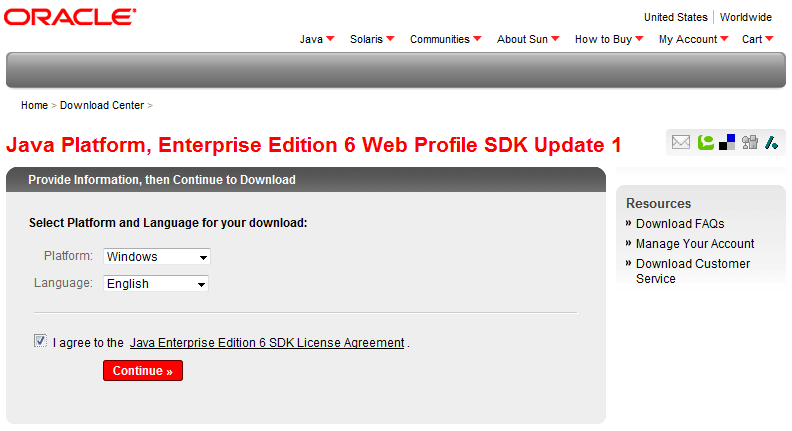
- #Mfc application wizard multiple top level documents free#
- #Mfc application wizard multiple top level documents windows#
Step 2: Add BarSplitWnd, DualSplitWnd, MPIChildFrame, MPIDocTemplate, MPITabCtrl and MPITabWnd. Step 1: Create an MDI application using the MFC wizard. Note: for more information about the CMenuBar and CAlphaToolBar classes, please refer to the toolbar/iebars.html article. All you need to do to define the tabs is to create a toolbar resource containing the images and tabs names.

#Mfc application wizard multiple top level documents windows#
As you may see on the image above, sub-pages may contain splitter windows and even own sub-pages. The most interesting feature of MPI is the ability to create sub-pages which may be switched with a tab control.

This is especially useful for creating command bars using a CFormView. The constant pane's size may be given explicitly or determined automatically if the pane is a CScrollView derived class (particularly a CFormView class). I designed another splitter, CBarSplitWnd for this purpose. Sometimes it's useful when one of the splitter's panes has a particular size and cannot be resized. The initial size ratio may be specified for the splitter. It retains ratio between the size of the panes when it's resized, and it redraws both panes immediately when dragged with the mouse. It only handles static splitters with two panes, which is all we need since it may be nested many times to obtain the requested layout. The standard MFC splitter window is tragic, so I used my previously created class, CDualSplitWnd. The layout can be defined by using just several macros in your application's InitInstance. Usually you will use this class instead of CChildFrame, but you may change the base class of CChildFrame to CMPIChildFrame if you really need to. The CMPIChildFrame class creates all splitters and views automatically. SplittersĬreating splitters and views manually in the child frame's it simple, as long as you don't have many nested splitters. You may use a different mechanism to switch pages if you need. You may also use this class for other toolbars, as it supports standard MFC UpdateUI processing. I also created a toolbar with the TBSTYLE_LIST style (with images and text in the buttons), CListToolBar, which is used to switch between the MPI pages. You don't have to use IEBars, but it just works (and looks) very well together. Of course the MPI interface may contain just one page.Ībove the child frame there is a rebar control containing my menu bar and toolbar (described in my previous article, toolbar/iebars.html). I've chosen this solution because it's very simple to implement and works fine with the MFC architecture. The main pages of the interface are simply MDI child windows that are always maximized and don't have the system menu, so that they can't be closed or resized.


#Mfc application wizard multiple top level documents free#
However, feel free to modify the MPI design to suit your needs. It's meant for applications that perform some tasks, services etc., not having the Open/Save commands in the File menu nor an associated file extension. Of course there are more fancy solutions, like those imitating VS.NET docking windows, but this is not always necessary and often simply not worth the effort.Īlso please note that this interface is not designed for traditional, document-oriented applications. For many cases, like the mentioned FTP server, this is perfectly enough. It means that views cannot be created, destroyed or repositioned in the run-time. The structure of the MPI interface is fully static. finally I end up with about 30 views! I needed to find a simple and flexible way to design such complex interface. On some of these pages I needed many splitter windows and even some subpages containing another splitter windows. The main window had several pages (log, configuration, statistics etc.). Recently I had to design the user interface for an FTP server. Multi-page interface Multi-page interface Introduction


 0 kommentar(er)
0 kommentar(er)
